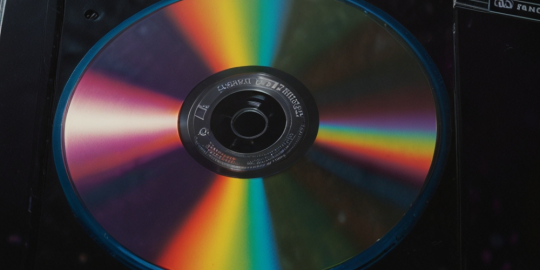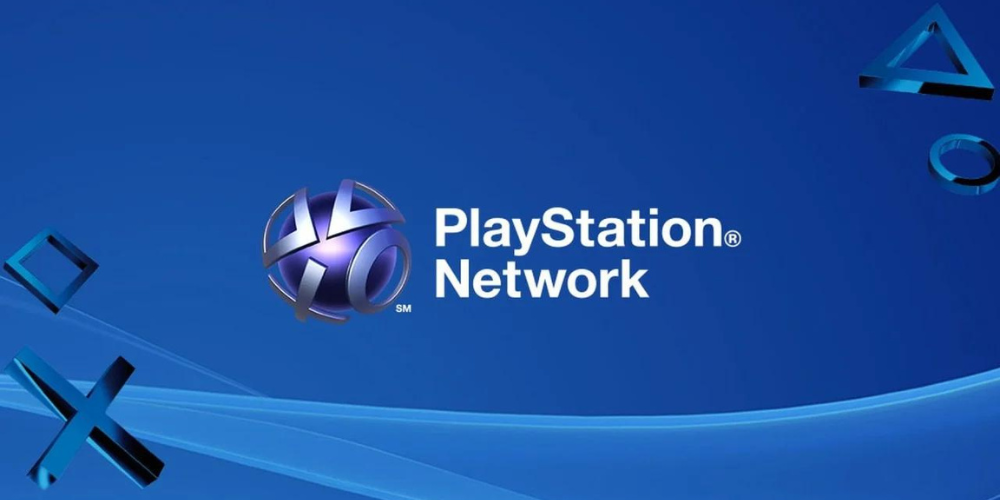
The Dawn of Console Gaming: Cartridge Era
The beginning of console gaming can be traced back to the age of cartridges. These durable, plastic-encased modules were the primary medium for distributing video games from the 1970s to the late 1990s. Pioneered by consoles such as the Atari 2600 and Nintendo Entertainment System (NES), cartridges became synonymous with gaming, offering players a tangible collection that they could display on their shelves.
CDs and DVDs: Expanding Horizons
As technology advanced, consoles shifted towards compact discs (CDs) and eventually digital versatile discs (DVDs) in the mid to late '90s. This move, initiated by platforms like the Sony PlayStation and Sega Saturn, significantly increased storage capacity, which in turn allowed for more complex games with better graphics and richer soundscapes. These optical discs offered an expansive medium compared to the limited capacity of cartridges, enabling developers to include more detailed textures, higher-quality audio, and lengthier cinematic sequences.
This shift also marked the era where games began coming with elaborate instruction booklets and cover art, transforming the gaming experience into something more immersive and collectible. For many players, the anticipation of peeling off the shrink-wrap from a new game, eager to explore the dazzling artwork and meticulously designed manuals, became part of the overall joy of gaming. Beyond aesthetics, these enhancements fostered a deeper narrative experience, making games not only a form of entertainment but also an expressive art form that expanded its reach across various age groups and demographics, thus solidifying the video game industry's place in the cultural mainstream.
Rise of Digital Stores: The Direct Download Age

At the dawn of the 21st century, the gaming industry was poised for a transformative evolution. As we entered the early 2000s, a profound change was on the horizon that would forever alter the landscape of how games were distributed and consumed. Console manufacturers, recognizing the potential of the burgeoning internet revolution, took a significant leap in the digital realm. Companies like Microsoft and Sony spearheaded this revolution with the introduction of novel digital storefronts, notably the Xbox Live Marketplace and the PlayStation Network.
This seismic shift marked the beginning of a new era in gaming distribution. No longer were gamers required to visit brick-and-mortar stores to get their hands on the latest titles. Instead, these digital platforms broke down barriers, providing a streamlined avenue to acquire games. The convenience and immediacy of this method, where a game could be selected, purchased, and downloaded directly to a console's hard drive without the need for any physical media, was unparalleled. This modern approach to gaming distribution not only matched the pace of an increasingly digital world but also catered to the desire for instant gratification among consumers.
Advancements in Storage Solutions
Internal storage solutions for gaming consoles have drastically improved over the years to accommodate an ever-growing library of digital content. As game sizes ballooned with high-resolution textures, complex worlds, and frequent updates, manufacturers responded by significantly increasing the capacity of built-in hard drives. These upgraded hard drives not only grew larger in terms of storage space but also maintained and, in many cases, enhanced their read and write speeds to ensure that gamers could enjoy seamless and efficient gaming experiences without lag or excessive load times. High-speed SSDs (solid-state drives) started to become the standard, further boosting performance and reliability.
Mainstream Adoption of Digital Games

Digital game sales have seen exponential growth over the last decade, fundamentally reshaping the landscape of the gaming industry. This significant shift can be attributed to a confluence of factors that have made digital downloads increasingly appealing to consumers. Among these, the convenience of pre-loading preorders stands out, allowing gamers to download and install their anticipated titles before the official release without the need to wait for a physical copy.
Furthermore, the lure of promotional discounts on digital storefronts has made the proposition even more enticing, enabling gamers to acquire titles at lower prices compared to their physical counterparts. Additionally, the practicality of not having to swap physical media when changing titles offers a seamless gaming experience, eliminating the clutter and wear associated with physical discs.
The Emergence of Cloud Gaming Services
The most recent advancement in game distribution is cloud gaming – a revolutionary approach that involves streaming games over internet connections without any need for a physical or downloaded copy. This method allows gamers to play high-quality titles on a variety of devices, ranging from high-end PCs to smartphones, without the constraints of hardware limitations.
Services such as Google Stadia, Nvidia GeForce Now, and Xbox's Project xCloud epitomize this movement toward a future where the power of the hardware becomes less important than having a robust and reliable network connection. These platforms leverage powerful data centers to handle the heavy processing tasks, enabling users to experience lag-free, immersive gaming sessions. Furthermore, this shift in technology is democratizing access to gaming, making it possible for people to enjoy premium gaming experiences without investing in expensive consoles or gaming PCs.
As internet infrastructure continues to improve globally, the potential for cloud gaming to become the dominant method of game distribution grows, hinting at a paradigm shift in how we think about accessing and enjoying video games.
Game Distribution Revolutionized: A Retrospective Summary
The journey from cartridges to cloud is a testament to innovation within the world of console gaming distribution. Beginning with tangible cartridges that gamers fondly collected, then evolving into CDs/DVDs that enhanced game complexity, later transitioning into digital downloads which promised convenience, followed by expansion in data storage capacities—and finally leading up to today’s burgeoning cloud services that stream entire libraries over internet connections—the transformation has been profound. As we reflect upon these milestones in game distribution’s evolution, it’s clear that while formats may continue shifting with technological progressions, each step further fosters accessibility, making video games more readily available worldwide than ever before.